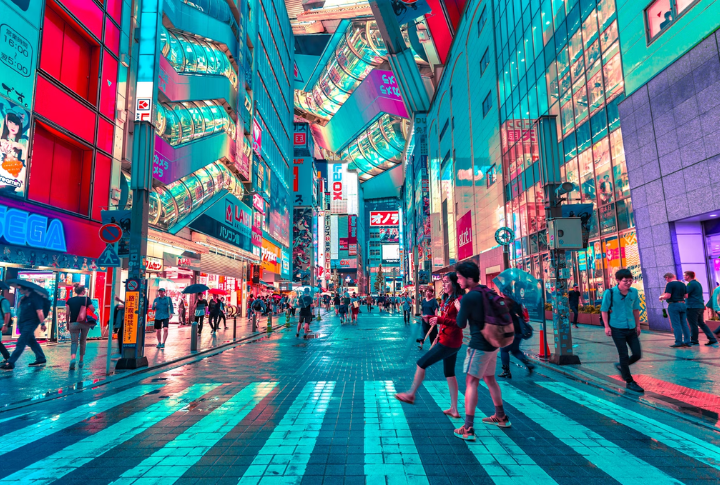
Every time you think, “That city can’t possibly fit more people,” it somehow does. Skyscrapers keep stacking, and subways stay jammed? Good luck. But these megacities aren’t slowing down. They’re just getting bolder. Are you curious about who’s outgrowing logic and maybe sanity? Here are 10 cities that seriously don’t know when to stop.
Tokyo, Japan
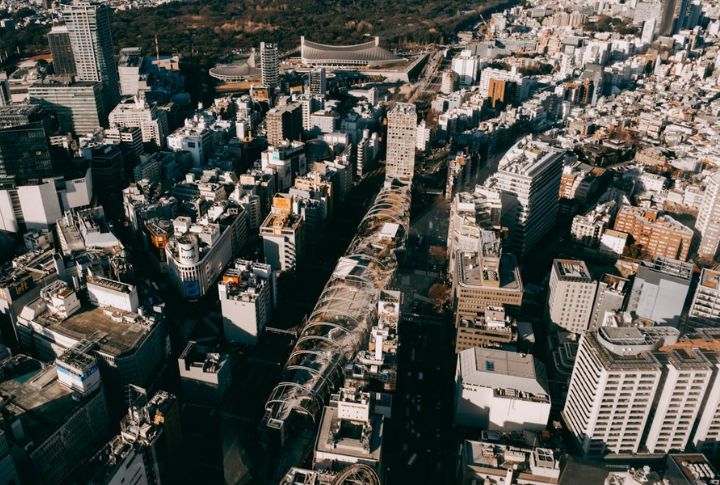
Ever wondered how Tokyo manages to function with over 37 million residents? Precision helps. Efficient transit, zoning laws, and compact urban design keep things moving. Vertical housing and a culture of punctuality allow Tokyo to grow upward and stay livable—despite being the world’s most populous urban area.
Delhi, India
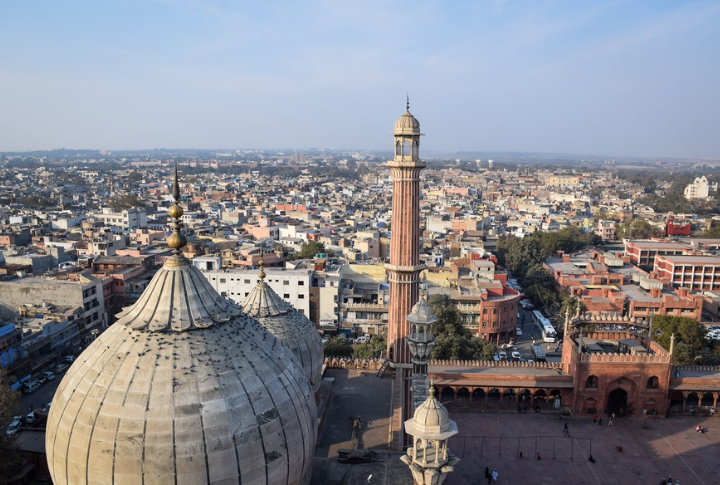
As India’s capital, Delhi sprawls across 1,500 square kilometers and includes both historic Old Delhi and modern New Delhi. It’s a hub for politics, commerce, and culture, with landmarks like the Lotus Temple and bustling Chandni Chowk. Rapid urbanization continues to stretch infrastructure as the population keeps climbing.
Shanghai, China

Shanghai, home to over 30 million people, is a major financial hub known for its striking skyline of skyscrapers and busy ports. Smart traffic systems and facial recognition improve city life. Historic neighborhoods blend with modern buildings, and continuous upgrades to transportation and infrastructure help Shanghai manage its rapid growth effectively.
Dhaka, Bangladesh
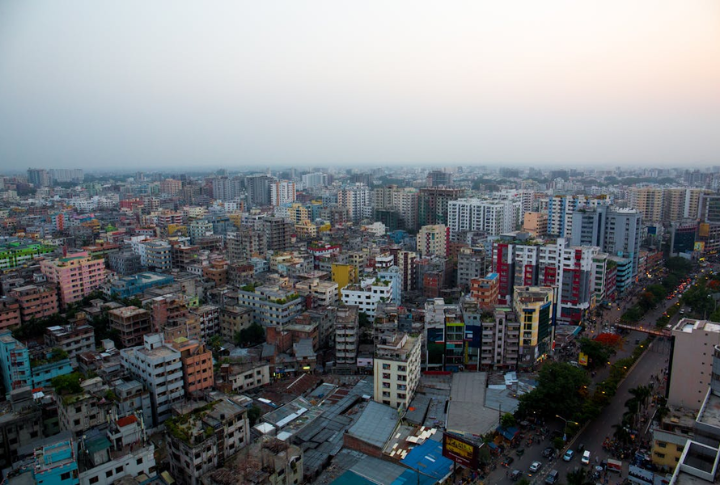
Imagine a city bursting at the seams, where crowded streets and endless traffic define daily life. Pollution and limited parks challenge residents, yet colorful markets and a strong sense of community keep the spirit alive. Growing demand drives the expansion of public transportation, water supply, and housing alongside projects like metro rail and flood control systems.
Cairo, Egypt
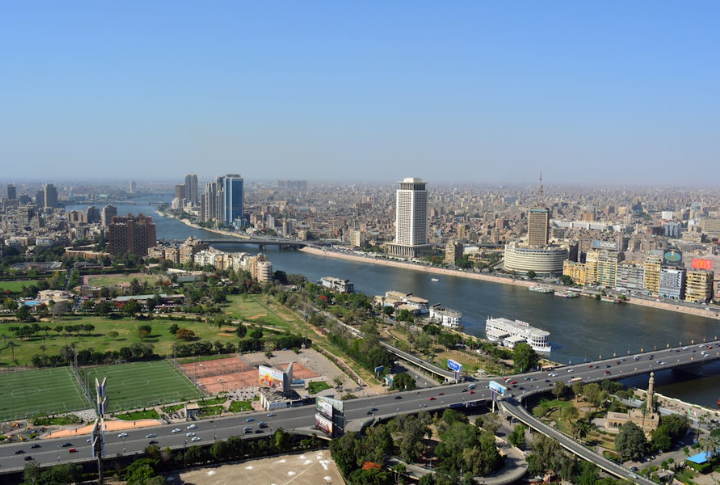
Living next to ancient pyramids, over 23 million people experience a city where historic sites meet modern buildings. Cairo faces traffic congestion and pollution, while lively markets and rich culture continue to define its character. Infrastructure improvements, including metro expansions and road upgrades, support its growing population.
Sao Paulo, Brazil

Sao Paulo is a city that never slows down. The nightlife buzzes, industries work around the clock, and movement fills every street. One moment, you’re enjoying a quiet park, and the next, you’re surrounded by skyscrapers and honking buses. It’s a place of constant contrast and endless energy.
Mexico City, Mexico
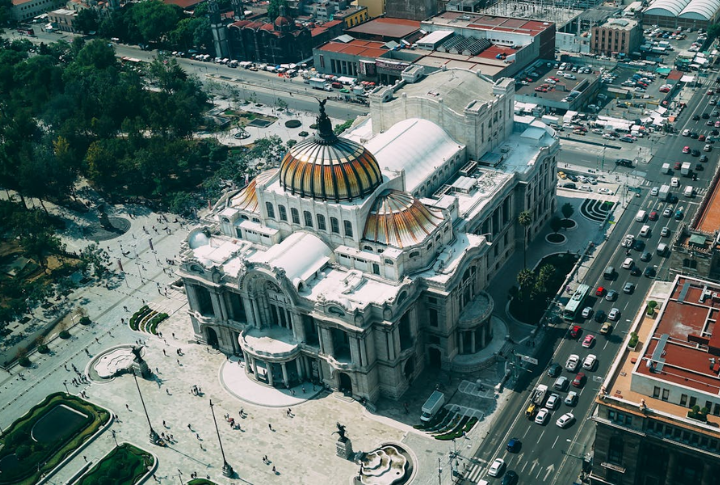
Beneath the bustling streets lies the Templo Mayor, a major Aztec temple once at the heart of their capital, Tenochtitlan. Above ground, over 22 million people live in one of the world’s largest cities. Facing challenges like air pollution and earthquake risks, the city remains vibrant—a living mosaic of history and modern life.
Beijing, China

Beijing combines rich imperial history with advanced technology. From exploring the iconic Forbidden City to using facial recognition in public transport and smart city sensors for traffic control, the city meets its massive population’s needs with innovation. Investments in green spaces and renewable energy aim to improve livability amid growth challenges.
Mumbai, India
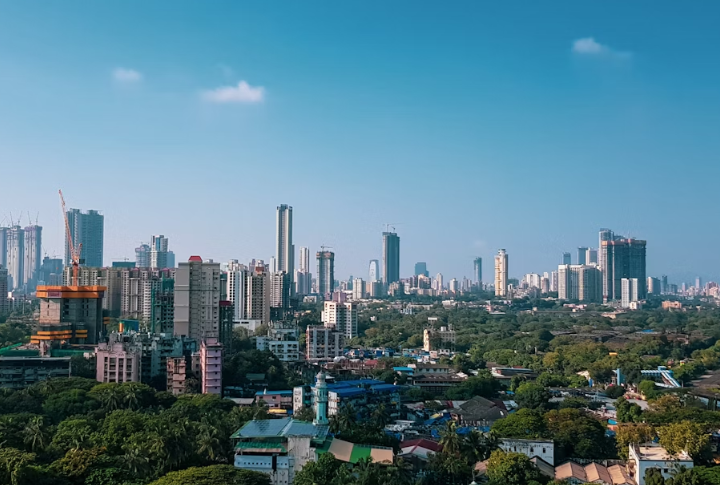
Mumbai is a megacity home to over 22 million residents packed into a small area. The high population density creates sprawling neighborhoods and crowded local trains. With limited space, the city maximizes land use and infrastructure, creating one of the most vibrant and fast-moving urban centers in the world.
Osaka, Japan
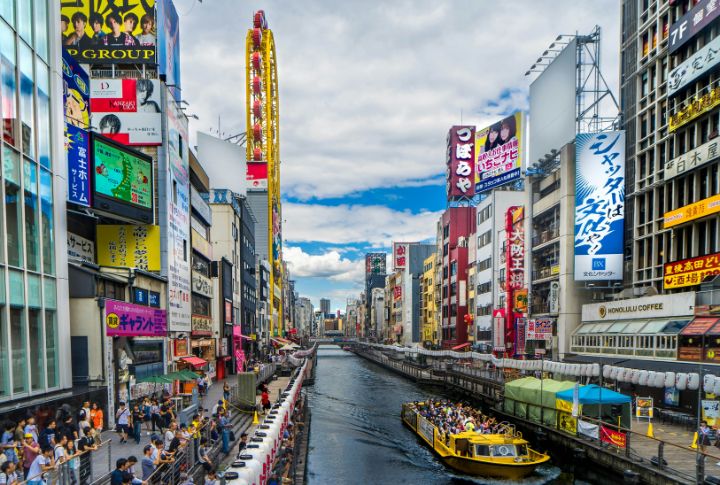
You might be surprised that Osaka supports nearly 19 million people. Often overshadowed by Tokyo, it offers a more relaxed vibe without losing economic strength. Known for its vibrant street food, festivals, and rich culture, Osaka also serves as a major hub for industry and trade, showing that megacity success comes in many forms.
